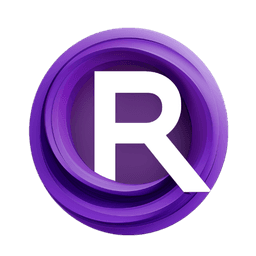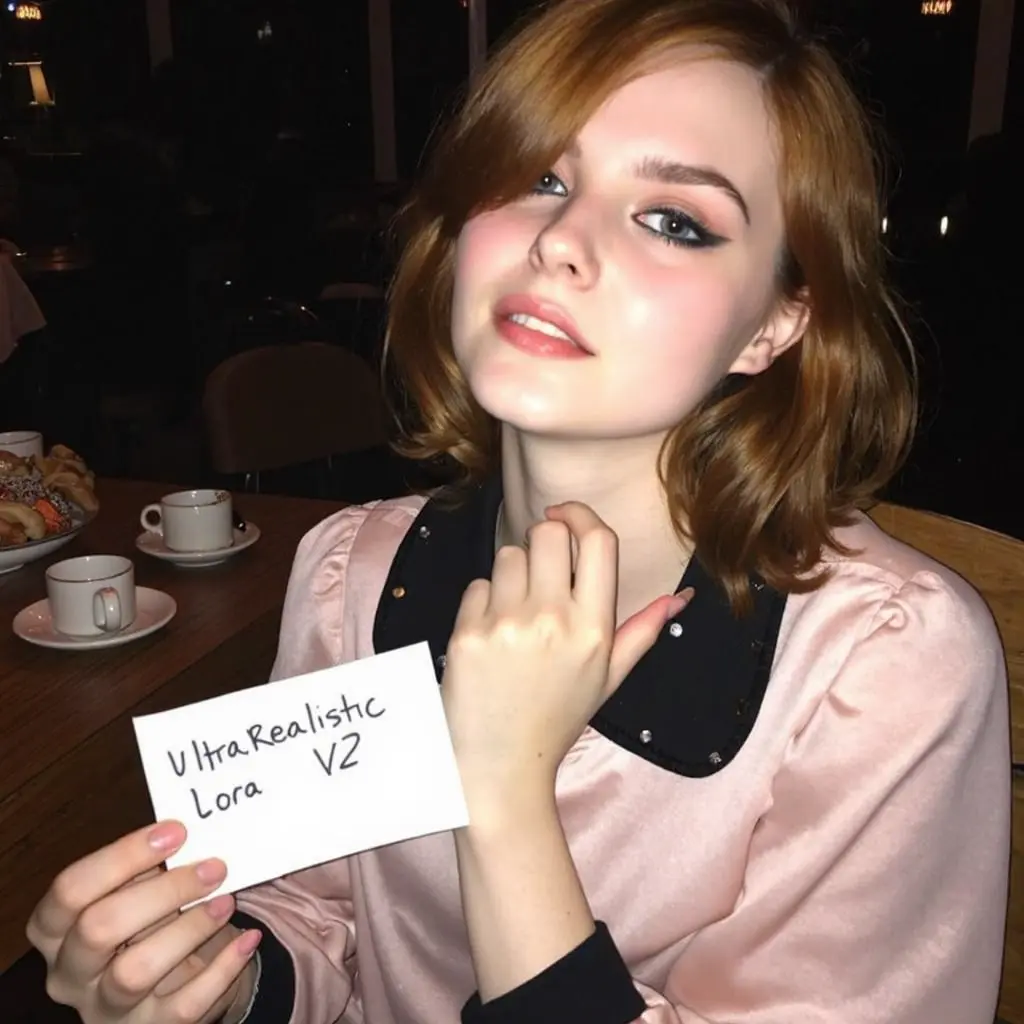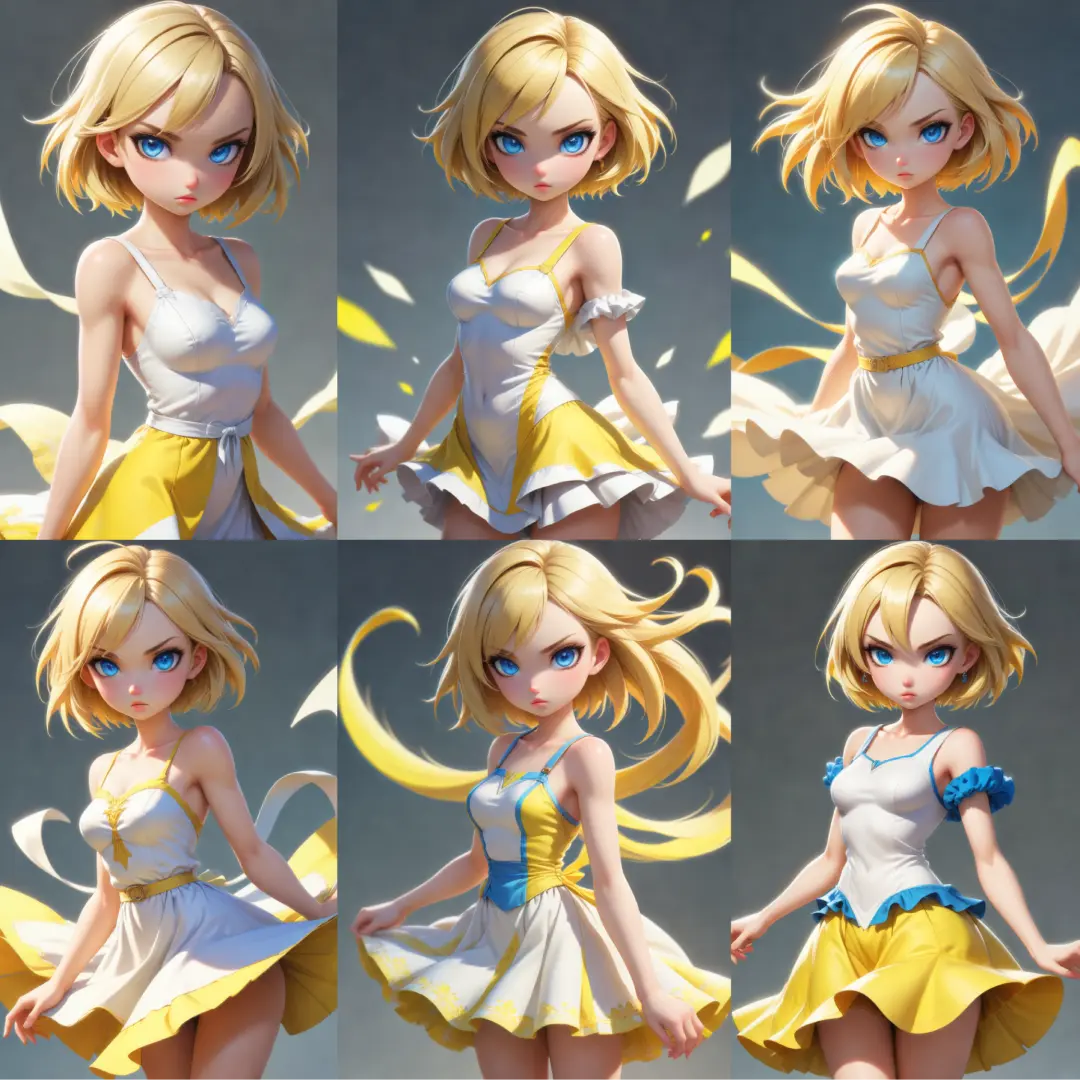ComfyUI Node: QR Code (Conformed to Image Size)
comfy-qr-by-image-size
CategoryComfyQR
coreyryanhanson (Account age: 3341days) Extension
ComfyQR Latest Updated
2025-01-26 Github Stars
0.07K
How to Install ComfyQR
Install this extension via the ComfyUI Manager by searching for ComfyQR- 1. Click the Manager button in the main menu
- 2. Select Custom Nodes Manager button
- 3. Enter ComfyQR in the search bar
Visit ComfyUI Online for ready-to-use ComfyUI environment
- Free trial available
- 16GB VRAM to 80GB VRAM GPU machines
- 400+ preloaded models/nodes
- Freedom to upload custom models/nodes
- 200+ ready-to-run workflows
- 100% private workspace with up to 200GB storage
- Dedicated Support
QR Code (Conformed to Image Size) Description
Generate custom-sized QR codes for seamless integration with visual content, customizable parameters for appearance and functionality.
QR Code (Conformed to Image Size):
The comfy-qr-by-image-size node is designed to generate QR codes that are precisely conformed to a specified image size. This node allows you to create QR codes that fit perfectly within your desired dimensions, ensuring that the QR code integrates seamlessly with your visual content. By adjusting various parameters such as image size, fill and background colors, error correction levels, and border size, you can customize the appearance and functionality of the QR code to meet your specific needs. This node is particularly useful for AI artists who want to embed QR codes into their artwork or designs without compromising on the visual aesthetics or functionality.
QR Code (Conformed to Image Size) Input Parameters:
protocol
This parameter specifies the protocol to be used in the QR code data. Options include Http, Https, and None, with the default being Https. Choosing the appropriate protocol ensures that the QR code directs to the correct type of URL or data format.
text
This is the content that will be encoded into the QR code. It accepts a string input and supports multiline text. The text can be any information you want to embed in the QR code, such as a URL, contact information, or a message.
image_size
This parameter defines the size of the generated QR code image. It accepts integer values with a default of 512, a minimum of 64, and a maximum of 4096, with steps of 64. Adjusting this parameter allows you to control the overall dimensions of the QR code to fit your specific design requirements.
fill_hexcolor
This parameter sets the color of the QR code modules (the black squares). It accepts a string input representing a hex color code, with the default being #000000 (black). You can change this to any color that suits your design.
back_hexcolor
This parameter sets the background color of the QR code. It accepts a string input representing a hex color code, with the default being #FFFFFF (white). This allows you to customize the background to match your design.
error_correction
This parameter determines the level of error correction to be applied to the QR code. Options include Low, Medium, Quartile, and High, with the default being High. Higher error correction levels make the QR code more resilient to damage or distortion but increase its complexity.
border
This parameter specifies the width of the border around the QR code. It accepts integer values with a default of 1, a minimum of 0, and a maximum of 100, with steps of 1. Adjusting the border size can help ensure the QR code is easily scannable.
resampling
This parameter defines the resampling method to be used when resizing the QR code image. Options include Bicubic, Bilinear, Box, Hamming, Lanczos, and Nearest, with the default being Nearest. Different resampling methods can affect the quality and appearance of the resized image.
QR Code (Conformed to Image Size) Output Parameters:
QR_CODE
This output is the generated QR code image. It is an image file that can be embedded into your artwork or design.
QR_VERSION
This output indicates the version of the QR code, which corresponds to the amount of data it can hold. Higher versions can store more data but result in more complex QR codes.
IMAGE_SIZE
This output provides the actual size of the generated QR code image. It confirms the dimensions of the QR code, ensuring it matches the specified image_size parameter.
QR Code (Conformed to Image Size) Usage Tips:
- To ensure the QR code is easily scannable, use high contrast colors for the
fill_hexcolorandback_hexcolorparameters. - Adjust the
error_correctionlevel based on the environment where the QR code will be used. Higher error correction is useful for QR codes that might get damaged or partially obscured. - Use the
borderparameter to add a clear margin around the QR code, which can help with scanning, especially if the QR code is placed on a busy background.
QR Code (Conformed to Image Size) Common Errors and Solutions:
"Invalid image size"
- Explanation: The specified
image_sizeis outside the allowed range. - Solution: Ensure that the
image_sizeis between 64 and 4096, and is a multiple of 64.
"Invalid hex color code"
- Explanation: The
fill_hexcolororback_hexcoloris not a valid hex color code. - Solution: Verify that the color codes are in the correct hex format, such as
#000000for black or#FFFFFFfor white.
"Text too long for QR version"
- Explanation: The text content exceeds the data capacity of the QR code version.
- Solution: Reduce the amount of text or increase the
image_sizeto allow for a higher QR code version.
QR Code (Conformed to Image Size) Related Nodes
RunComfy is the premier ComfyUI platform, offering ComfyUI online environment and services, along with ComfyUI workflows featuring stunning visuals. RunComfy also provides AI Models, enabling artists to harness the latest AI tools to create incredible art.



